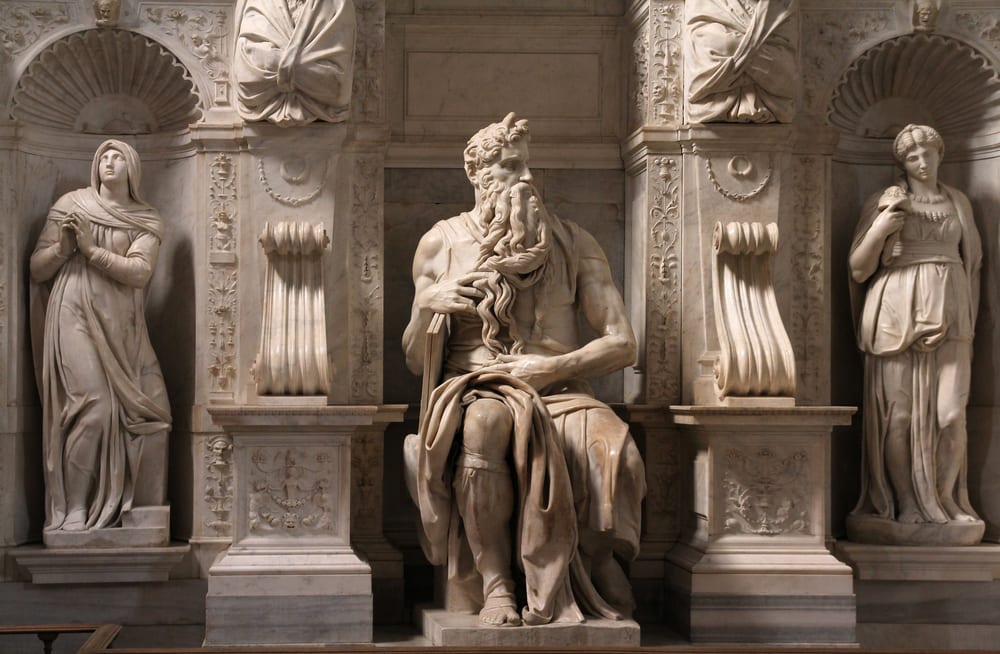Based on landmark attractions historically, Rome has a lot of attractions to be proud of and no other cities could replace it as far as we think of. Roman Colosseum, Spanish Steps, Trevi Fountain, St. Peter’s Basilica, and Sistine Chapel can be found in the Italian capital and it’s only a start. Below are the 10 hidden attractions in Rome that you should know.
1. San Gianicolo Hill’s View

Even though Rome was known to be built on 7 hills, it’s not yet the greatest view that visitors can afford to look at. Going to Piazzale Giuseppe Garibaldi instead can offer you the best view located alongside River Tiber (west side) in Gionicol Hill.
2. Vincoli’s Piazza San Pietro and Basilica de San Pietro.

When talking about the well-known works of Michelangelo, you’ll first think about the Statue of David and the Sistine Chapels’ ceiling. Statue of Moses is not being suggested by many that are also located here. The sculpture represents Moses that has horn on head according to Vulgates’ description which was built last 1513-1515.
3. Via Raffaele Persichetti- Pyramid of Cestius (Piramide di Caio Cestio)

Pyramids can be found in Cairo and did you know that there is also a pyramid in Rome? Pyramid of Cestius was built in 18 BC back in Circa which is an offering to Gaius Cestius, an associate of one of the four religious establishments in Rome. The location of the pyramid is alongside Protestant Cemetery, where John Kreat, an English poet, was buried and has a convenient location in Piramide, a metro station.
4. Trastevere Street Art

It’s a must for one day to avoid some tourist spots and museum, and preferably visit Trastevere. Around each corner, you can see some fabulous street art along its neighborhood within River Tiber. Relaxing in squares might be suggested such as Piazza dei Mercanti, Piazza San Cosimato, and Piazza Santa Maria.
5. Viale dei Romagnoli, Ostia – Ostia Antica

Ostia Antica is located outside Rome which is 20 mins far via train. Ostia Antica is well-thought-out to be the Italian Capital and considered as Pompeii’s answer. Way back 4th Century BC, it has been the ancient Rome’s Harbor City and it brags stunning architecture, mosaics, and frescoes.
6. Villa Borghese Gardens and Statue of Lord Byron

2nd largest to be considered in Rome is the Villa Borghese Gardens which indeed a reason of being a tourist spot. Statue of Lord Byron is another attraction to visit. It is best to go during the evening and watch for the sunset.
7. Via Vittorio Veneto – Chiesa di Santa Maria della Concezione

Image Source: viaggiverdeacido.com
Seeing church with other feature and altar that has human parts may not be appealing, somehow, we can say it’s unique. This church is close to Piazze Barberin where you can see thighbones, skulls other human parts that makes up the church’s part. If you’re having doubts when you see the church, you can check out Via Vittorio Veneto where the movie of 1960, ‘La Dolce Vita’ was made.
8. Aventine Hill’s Piazza Knight of Malta – ‘Keyhole to the Cupola’

At Aventine Hill, you can find the Piazza Knight of Malta which is considered to be another way to view the Rome’s well-known dome. Via the Piazza’s large doors’ keyhole, you can see the amazing view of the dome. A great suggestion to visit the place is at night compare to daytime because its more amazing and peaceful.
9. Testaccio neighborhood and nightclubs
If you’re looking for nightclubs, a perfect place for you is the Testaccio. Best time to go here is at night where you can see things that give life. In Via di Monte Testaccio, you can discover a lot of nightclubs.
10. Via Urbana – Rome’s Basilica Santa Pudenziana

While doing your homework about Rome scenery, in time, you will know that each of them has exceptional attributes and attractions. One to consider is the Rome’s Basilica Santa Pudenziana mosaic that has been made during the 4th century. In Rome, it is well known for Iconography use and it is considered to be the most wonderful mosaic.
